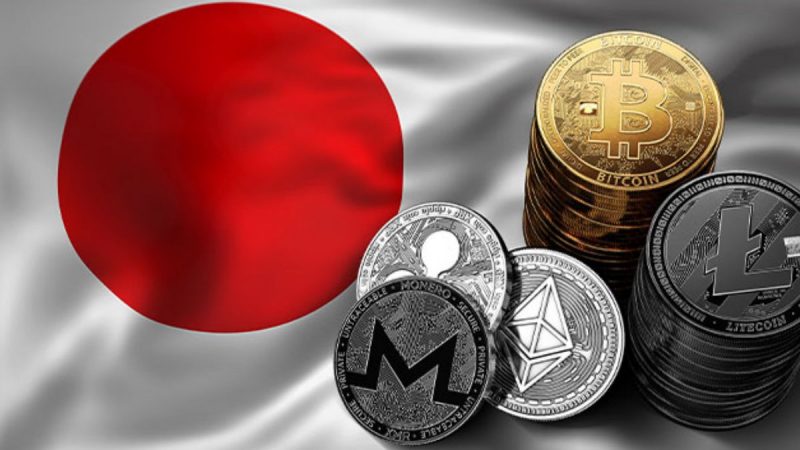Japan is preparing to roll out its first yen-pegged stablecoin, with fintech firm JPYC leading the way. The digital currency, also called JPYC, is expected to go live in autumn 2025 after the company received approval from the Financial Services Agency (FSA). This regulatory milestone marks a major step for Japan’s digital finance sector.
Key Features of JPYC
JPYC is designed to function as a fully regulated and stable digital currency backed by traditional financial assets. Its main features include:
- 1:1 Yen Conversion: The token will be fully backed by domestic savings and Japanese government bonds (JGBs), allowing direct conversion into yen.
- No Transaction Fees: Instead of charging users, JPYC plans to earn revenue from interest on its bond holdings. As more tokens are issued, the company will purchase additional JGBs, strengthening both liquidity and income.
- Controlled Issuance: The initial rollout will target institutional investors, hedge funds, and family offices. JPYC aims to issue up to ¥1 trillion (around USD 6.8 billion) within three years. Daily issuance will be capped at ¥1 million per client, though there are no limits on holding or redemption.
Regulatory Backing and Market Strategy
The stablecoin will operate under Japan’s revised Payment Services Act, which took effect in June 2023. This framework officially recognizes JPYC as a digital currency, giving it legitimacy in both domestic and international markets. JPYC’s long-term vision is to push the adoption of a digital yen beyond Japan’s borders.
The launch could have significant implications for Japan’s financial landscape:
- Boost in Bond Demand: By holding large volumes of JGBs, JPYC could increase demand for government debt, similar to how U.S. dollar-backed stablecoins have fueled Treasury purchases.
- Global Positioning: While the United States has introduced pro-stablecoin legislation and China continues to restrict crypto activity, Japan is positioning itself as a crypto-friendly hub that encourages regulated innovation.
With JPYC’s entry, Japan may soon join the global conversation on how stablecoins reshape both digital payments and traditional bond markets.
